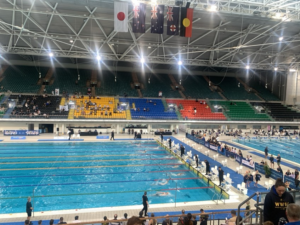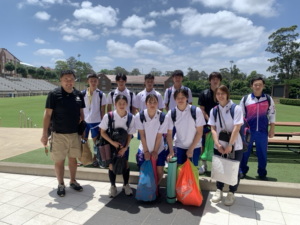In this month’s issue, I would like to discuss about the Local Allocation Tax, a crucial revenue source for Japanese prefectural and municipal governments, with a particular focus on the Regular Local Allocation Tax, which constitutes most of this funding. Local Allocation Tax is designed to adjust imbalances in revenue resources between local governments and to ensure their financial capacity to provide standard public services across the country. Importantly, there are no restrictions on how these funds can be used.
Last month, in July, the central government determined the Regular Local Allocation Tax amounts for each local government for the current fiscal year. Out of 1,765 local governments, only one prefectural government (Tokyo Metropolitan Government) and 82 municipalities did not receive the Regular Allocation Tax, highlighting that the majority of local governments receive this funding.
The Regular Local Allocation Tax for each local government is calculated using the following formula. If standard financial revenues exceed standard financial requirements, the Regular Local Allocation Tax is not granted.
Formula:
・Regular Local Allocation Tax Amount = Standard Financial Requirements – Standard Financial Revenues
・Standard Financial Requirements = Unit Cost × Measurement Unit × Correction Coefficient
・Standard Financial Revenues = Standard Local Tax Revenue × Calculation Rate (75%) + Local Transfer Tax, etc.
Standard financial requirements are not based on the actual closing or budgeted expenditures of each local government. Instead, they are determined according to rational and appropriate service standards for each local government. These requirements are calculated for various administrative categories, such as police, fire rescue, roads, agriculture, primary schools, high schools, social welfare, etc. A Measurement Unit is assigned to each administrative category, such as population, area of roads, number of police personnel, teachers and staff, students, and farmers, etc. The Correction Coefficient adjusts these Measurement Units to account for significant variations in administrative costs caused by differences in natural and social conditions among local governments.
Standard financial revenue amounts are also not based on the actual closing or budgeted amounts of each local government’s tax revenue. The Calculation Rate is set to ensure that local governments do not lose their incentive to maintain tax revenue sources.
The amount of the Regular Local Allocation Tax provided each fiscal year is a significant concern for local governments. We would appreciate the opportunity to discuss these differences in systems between Japan, Australia, and New Zealand with you.

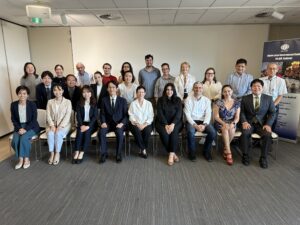
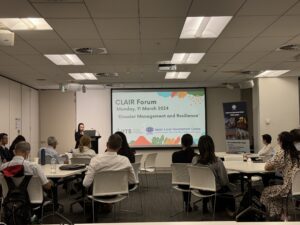
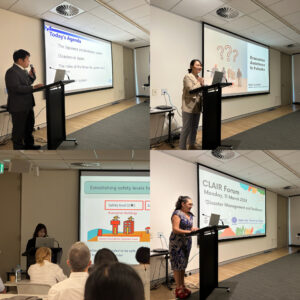
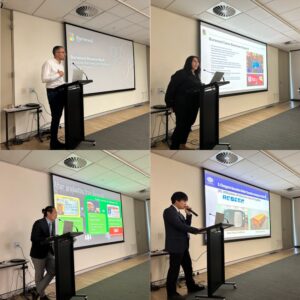
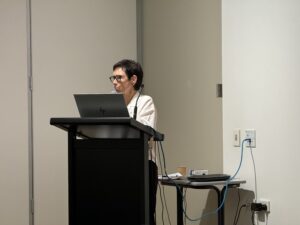
 From the 3rd to the 13th of December, eight selected swimmers from the Fukuoka Swimming Association visited NSW, where they participated in joint training sessions with a local school and competed in the 2024-25 Speedo NSW Senior State Age Championships.
From the 3rd to the 13th of December, eight selected swimmers from the Fukuoka Swimming Association visited NSW, where they participated in joint training sessions with a local school and competed in the 2024-25 Speedo NSW Senior State Age Championships.